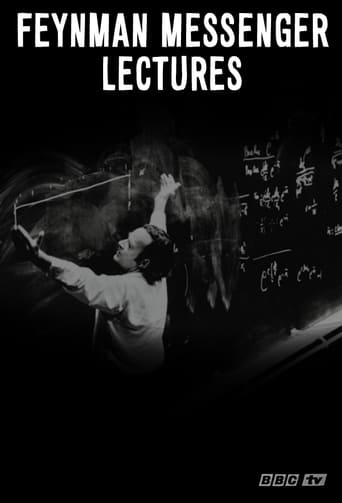
Rating:
0/10 by 0 users
The Character of Physical Law (1964)
A series of seven lectures by physicist Richard Feynman concerning the nature of the laws of physics.
Writing:
- Richard Feynman
Release Date:
Mon, Nov 09, 1964
Country: GB
Language: En
Runtime:
Country: GB
Language: En
Runtime:
Richard Feynman
Self - Host
Season 1:

After a brief introduction by Dale Corson, Dr. Richard Feynman discusses the physical law of gravity. He covers its origins through scientific discoveries in astronomy and also Newton's contribution. He then discusses its implications and relationship to other laws.

In this lecture, Dr. Richard Feynman explores the relationship between mathematics and physics. He discusses the use of mathematics, ist power as a reasoning tool, the two traditions in science, and the fact that pursuits in physics have many possible starting points.

In this lecture, Dr. Richard Feynman discusses the great conservation principles including those related to electric charge, baryons, strangeness, energy, and angular momentum. He also discusses locality and the principle of relativity.

In this lecture, Dr. Richard Feynman discusses symmetry in physical law. He covers translation in space, translation in time, rotation in space, the principle of relativity, symmetry in atomic particles, changes in scale, uniform angular speed, and reflection in space. He also discusses the relationship between conservation laws and symmetry, and concludes with a brief look at antimatter.

In this lecture, Dr. Richard Feynman discusses the linearty of time, and its irreversible nature. He discusses the related topics of order and disorder, equilibrium, and how these relate to phenomena in our universe.

In this lecture, Dr. Richard Feynman discusses the peculiarities of physics at the quantum level. He uses the classic double-slit experiment to illustrate the odd behavior of electrons and photons, and what scientists have learned about the way the universe works at such a small scale.

In this lecture, Dr. Richard Feynman explores the process by which new laws of nature are discovered. He discusses the fundamental constituents of matter, and how scientists use various methods to attempt to discover new laws.









